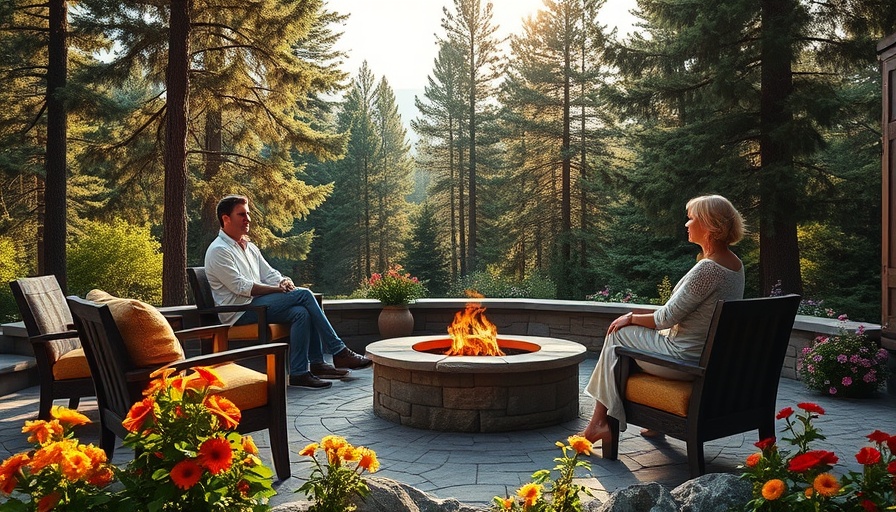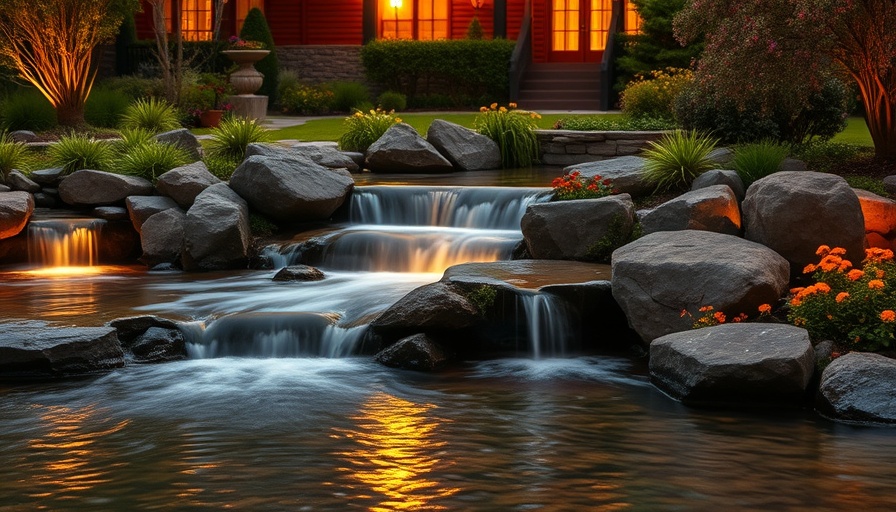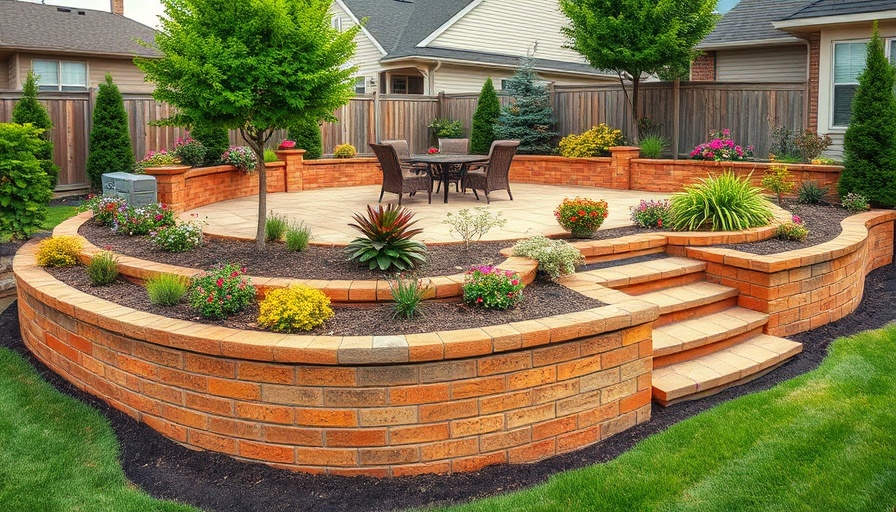
Unlocking the Beauty of a Low Maintenance Yard
In today's fast-paced world, creating a stunning landscape without dedicating endless hours to upkeep is not just a dream; it's an achievable reality. The key to a low maintenance yard lies in strategic planning and the selection of the right elements that harmonize with your environment. From choosing native plants to implementing innovative irrigation technologies, this article delves into efficient landscaping strategies that promise to boost your home's curb appeal while minimizing your workload.
Embrace Native and Drought-Tolerant Plants
At the heart of any low maintenance landscape are the plant selections you make. Native plants are your best friends, as they are naturally suited to thrive in your specific climate. This means they require less water, fertilizer, and general care. Consider including drought-tolerant varieties like ornamental grasses, lavender, or sedum, which can flourish with minimal watering. By selecting plants that are both beautiful and resilient, you can significantly reduce upkeep while ensuring that your landscape remains vibrant.
Pro Tip: When planning your garden layout, group plants with similar sunlight and water needs together. This practice improves efficiency and ensures that every plant gets the care it requires without overwatering or underfeeding.
Redefining the Lawn: Ground Covers vs. Grass
If you find the thought of mowing a traditional lawn daunting, consider replacing parts of your grassy areas with low-maintenance ground covers. Options such as creeping thyme, clover, or even decorative gravel can provide the lush greenery you’re after without the constant maintenance associated with grass. Not only do these alternatives offer visual appeal, but they also play a role in weed control and moisture retention, further reducing your gardening tasks.
Pro Tip: Opt for a variety that thrives in your area and requires little to no irrigation, allowing you to enjoy a beautiful landscape with minimal effort.
Incorporate Hardscaping for Structure and Beauty
Hardscaping elements—like patios, walkways, and retaining walls—are essential to creating a low-maintenance yard. They provide structural appeal while drastically reducing areas that need regular mowing or trimming. By using materials like natural stone or concrete pavers, you can introduce visual interest and define areas of your yard without the maintenance needs of grassy areas.
Pro Tip: Incorporate permeable pavers to your walkways. This not only facilitates better drainage but also significantly reduces water runoff, making your landscape more eco-friendly.
Revolutionize Your Watering Habits with Smart Irrigation
Watering your yard can be time-consuming, but advancements in technology have led to the development of smart irrigation systems. These systems automatically adjust watering schedules based on real-time weather conditions and soil moisture levels, ensuring that your plants get the water they need while conserving vital resources.
Pro Tip: Pairing a smart irrigation system with a drip irrigation setup can maximize water efficiency around flower beds and shrubs, further reducing your workload.
The Power of Mulching
One of the simplest yet most effective strategies for a low-maintenance garden is mulching. A thick layer of organic mulch not only suppresses weeds but also retains soil moisture and insulates plant roots, leading to healthier growth. By refreshing your mulch layer each season, you not only enhance the aesthetic of your garden but also keep it functioning optimally.
Pro Tip: Choose organic mulch like bark or wood chips for added visual appeal, and remember that it also helps regulate soil temperature.
Attracting Serenity with Water Features
Incorporating water features like pondless waterfalls or bubbling fountains can significantly enhance your outdoor space without the maintenance of traditional ponds. These systems are designed to recirculate water, which reduces the need for constant upkeep while adding the calming sounds of nature to your garden.
Take Action for Your Ideal Outdoor Oasis
Creating a low maintenance yard is a perfect blend of creativity and practicality. Embrace these smart landscaping strategies to transform your outdoor space into an inviting, beautiful sanctuary that requires minimal effort. Why not start today? Explore local nurseries or consultation services that specialize in innovative landscaping solutions to see how you can make your visions a reality.
 Add Row
Add Row  Add
Add 




Write A Comment